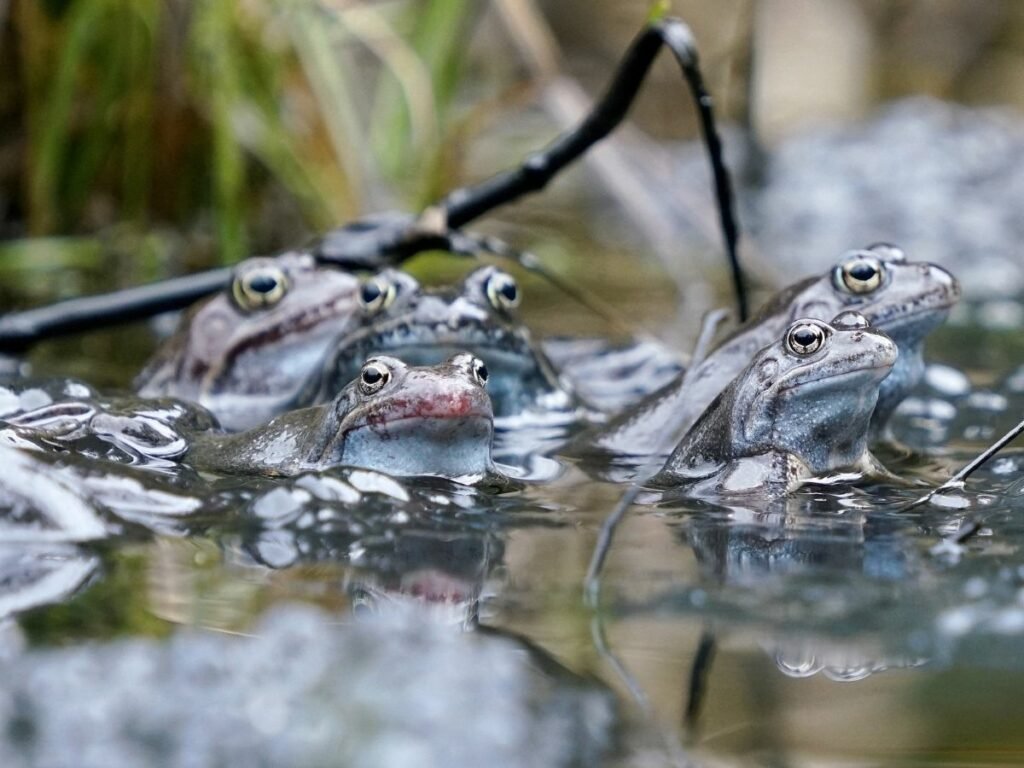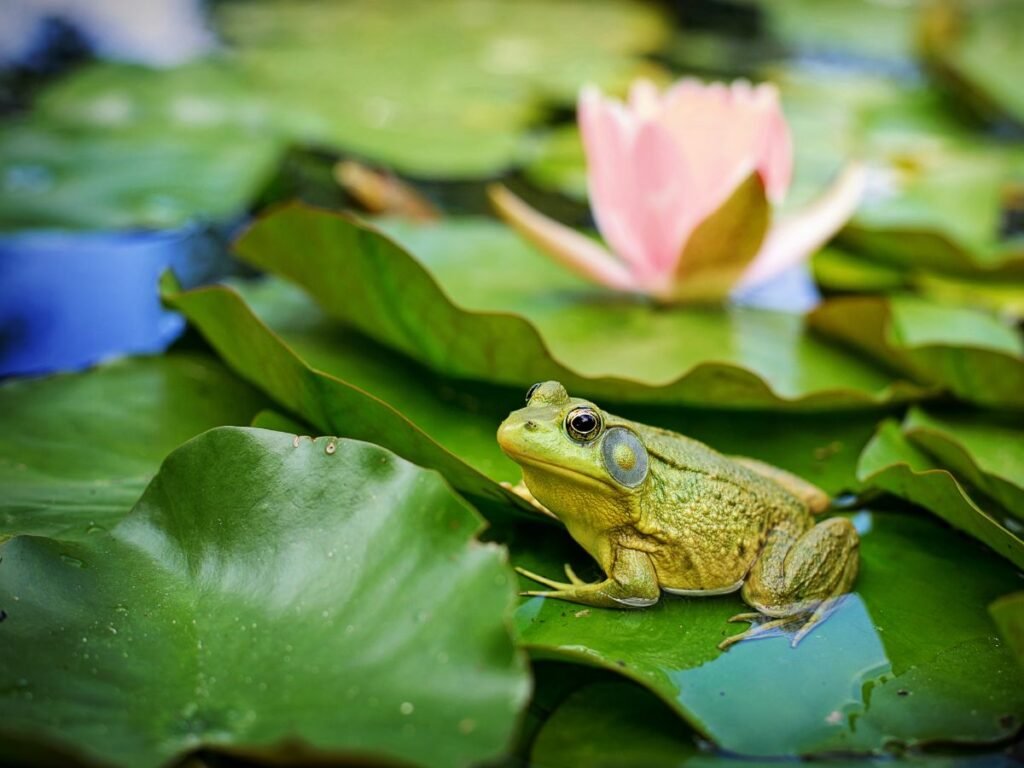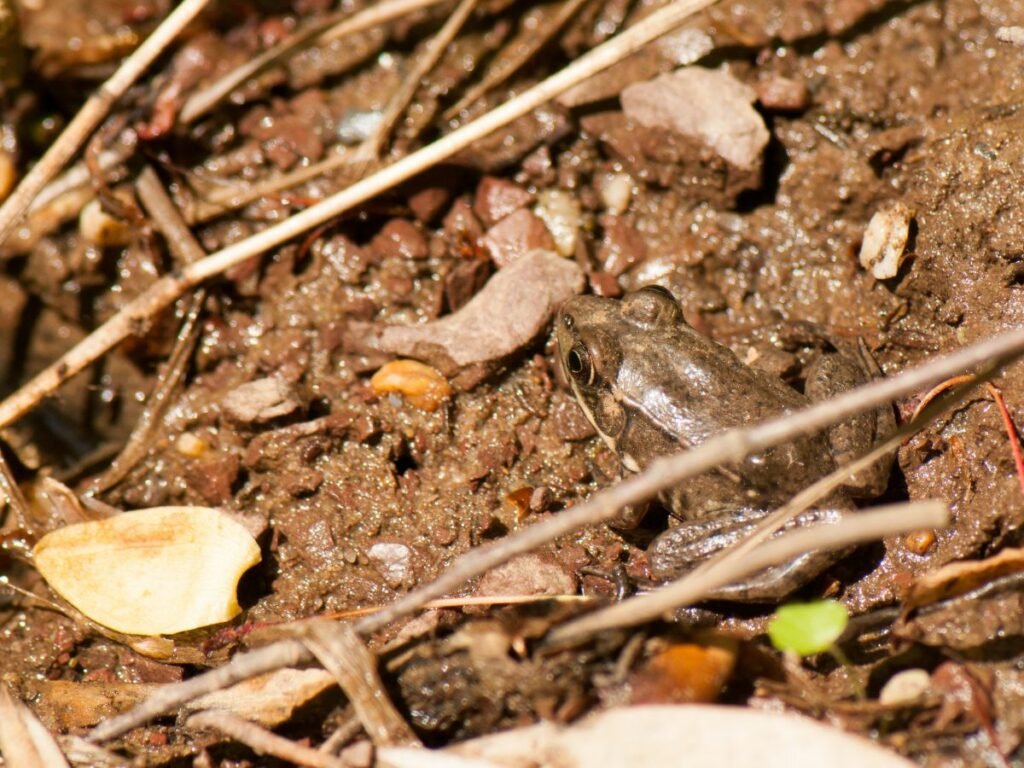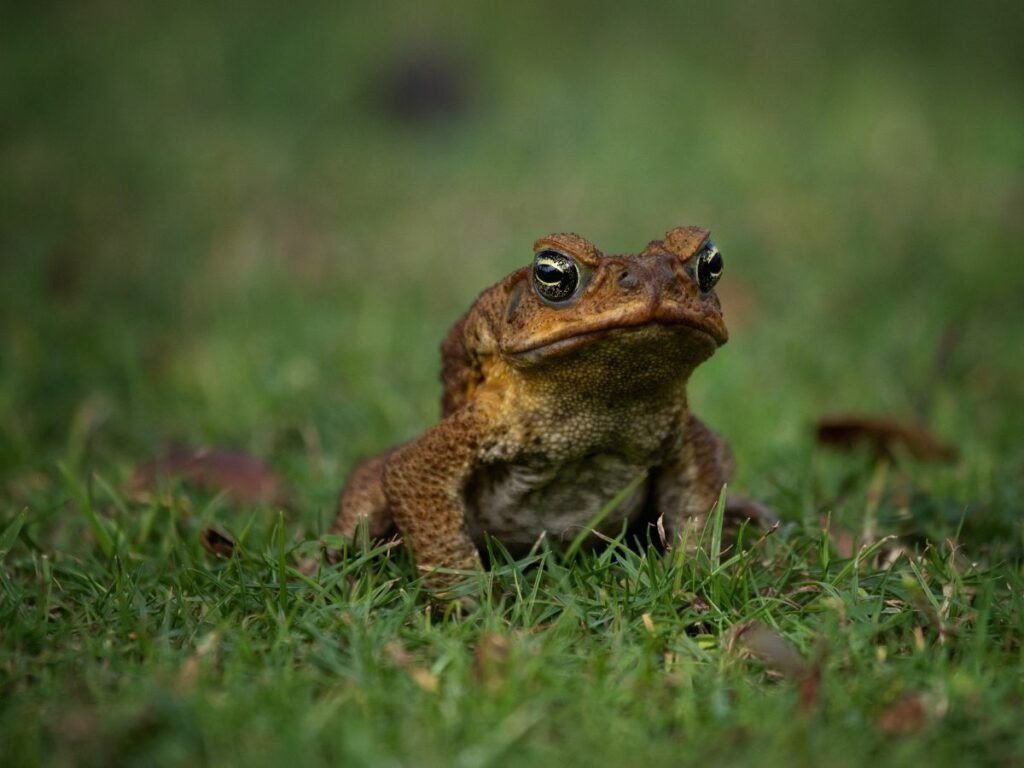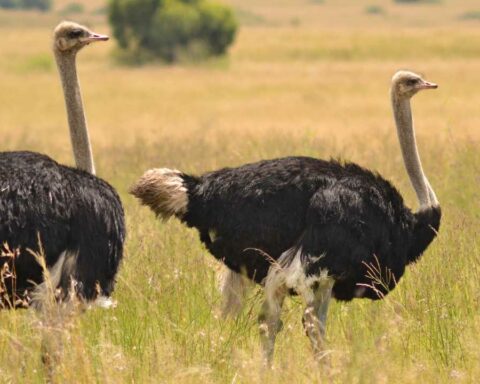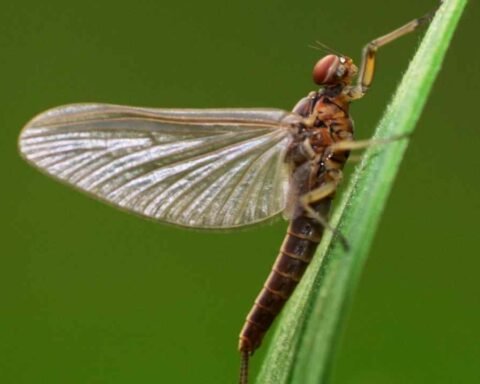Frogs are one of the most diverse and fascinating groups of amphibians on the planet. From their unique anatomy to their behavior and survival strategies, frogs have evolved a range of remarkable adaptations to survive and thrive in their environments. In this blog post, we will explore the different types of adaptations of a frog developed over millions of years, including their structural, physiological, and behavioral adaptations.
Adaptations Of A Frog
Behavioral Adaptations Of A Frog
Behavioral adaptations are the changes in behavior that allow an organism to better survive and thrive in its environment. Frogs, for example, have evolved a wide range of behavioral adaptations that help them to avoid predators, find food, and reproduce successfully. These adaptations include hibernation, vocalizations, camouflage, mating behavior, burrowing, jumping and leaping, and basking in the sun. Each of these adaptations is unique and helps frogs to survive in a variety of different habitats.
Hibernation:
Hibernation is a behavioral adaptation that many species of frogs have evolved to help them survive the winter months when temperatures are too cold for them to be active. During hibernation, the frog’s metabolism slows down and becomes dormant. This allows the frog to conserve energy and survive through the winter months without eating or moving around much. Some species of frogs will hibernate in burrows, while others will hibernate in the mud at the bottom of ponds or streams.
Vocalizations:
Frogs use vocalizations to communicate with each other, especially during the breeding season. Male frogs produce calls to attract females and establish their territory. The calls can also help to coordinate the timing of breeding among different frog populations. Different species of frogs have unique calls that can be used to identify them. For example, the American bullfrog has a deep, resonating call that can be heard from a distance, while the spring peeper has a high-pitched call that sounds like a bird chirping.
Camouflage:
Many species of frogs have evolved camouflage that helps them blend in with their surroundings. This allows them to avoid predators and ambush prey more effectively. Some species of frogs have skin that can change color to match their surroundings, while others have patterns or markings that help them blend in. For example, the red-eyed tree frog has bright green skin with red eyes, but when it sleeps during the day, it tucks its legs in and shuts its eyes, making it look like a leaf.
Mating Behavior:
Frogs have evolved unique mating behaviors that help them to reproduce successfully. For example, some species of frogs will lay their eggs in a specific type of habitat that provides their offspring with the best chance of survival. The male frog will fertilize the eggs outside the female’s body, and then the female will lay them in a suitable location. Some species of frogs will lay their eggs on plants that are overhanging a pond or stream, while others will lay their eggs on the surface of the water.
Burrowing:
Some species of frogs will burrow underground during dry periods, where they can remain inactive until rain returns. This allows them to avoid harsh conditions above ground and to conserve water. Some species of frogs have adapted to burrowing by having specialized toes or webbed feet that help them dig. When the rain returns, the frogs will emerge from their burrows and begin to move around and hunt for food.
Jumping and Leaping:
Frogs are known for their ability to jump and leap long distances. This adaptation helps them to escape from predators and to catch prey more effectively. Frogs have powerful hind legs that are specialized for jumping. The muscles in their legs are well-developed, and the bones are elongated to provide extra leverage for jumping. Some species of frogs can jump up to 20 times their body length!
Basking:
Some species of frogs will bask in the sun to regulate their body temperature. This allows them to thermoregulate and avoid overheating or becoming too cold. Frogs are ectothermic, which means that their body temperature is determined by their environment. By basking in the sun, they can warm up their bodies and become more active. Some species of frogs will also bask in the sun after a meal to aid in digestion.
Structural Adaptations Of A Frog
From webbed feet and strong hind legs for swimming and jumping, to moist skin and a lack of ribs for respiration and maneuverability, frogs have unique structural adaptations that enable them to thrive in various habitats. Additionally, adaptations like bulging eyes, a tympanic membrane, and a sticky tongue allow frogs to detect prey and predators, communicate with other frogs, and catch prey quickly and efficiently. In this context, here are some of the key structural adaptations of frogs and how they contribute to their survival.
Webbed Feet:
Frogs have webbed feet that are specialized for swimming and moving through water. The webbing between the toes of the frog’s feet increases the surface area of the feet, allowing the frog to paddle through the water more efficiently. The webbing also helps the frog to maintain stability in the water, making it easier for them to maneuver and navigate through different water environments.
Strong Hind Legs:
Frogs have powerful hind legs that are adapted for jumping and leaping. The muscles in the legs are well-developed, and the bones are elongated to provide extra leverage for jumping. This adaptation helps the frog to escape predators, catch prey, and move quickly over different types of terrain.
Moist Skin:
Frogs have moist skin that is used for respiration. Oxygen and carbon dioxide can diffuse through the skin, which is especially important when the frog is in water, where it can’t breathe through its lungs. The skin also helps to keep the frog hydrated and is involved in thermoregulation, which means that it helps the frog to maintain its body temperature.
Bulging Eyes:
Frogs have large, bulging eyes that are adapted for seeing in low light conditions. The eyes are positioned on the top of the frog’s head, which allows the frog to see above the water while remaining hidden below the surface. This adaptation helps the frog to detect predators and prey, and to navigate through different environments.
Tympanic Membrane:
The tympanic membrane is a specialized eardrum that is located on the surface of the frog’s skin. It allows the frog to hear sounds in their environment, both in the air and in the water. This adaptation helps the frog to detect predators and prey, and to communicate with other frogs during mating season.
Sticky Tongue:
Frogs have a long, sticky tongue that is adapted for catching insects and other prey. The tongue can shoot out of the frog’s mouth and catch prey in just a fraction of a second. This adaptation helps the frog catch prey quickly and efficiently, allowing it to conserve energy and avoid predators.
Lack of Ribs:
Frogs lack ribs, which allows them to breathe more easily when they are jumping and leaping. The lack of ribs allows the frog to flatten its body and squeeze through narrow gaps. This adaptation helps the frog to escape predators, and to access hiding places that other animals can’t reach.
Physiological Adaptations Of A Frog
From their moist skin to their webbed feet and specialized hearing organs, frogs have developed an incredible array of physiological adaptations that allow them to thrive in their habitats. In this section, we will explore some of the most important physiological adaptations of frogs, including their skin, circulatory system, limbs, and sensory organs. 
Moist skin:
Frogs have unique skin that is permeable to water and gases, allowing them to breathe and regulate their internal water balance through their skin. This adaptation is important for their survival, especially in aquatic habitats where they spend much of their lives. The moist skin also helps in thermoregulation by allowing them to absorb heat from its surroundings.
Ample blood supply:
The rich network of blood vessels in a frog’s skin helps with gas exchange and absorption of oxygen, as well as waste removal. The extensive capillary network also helps to distribute oxygen and nutrients throughout the body, making sure that every cell gets the required nutrients and oxygen.
Webbed feet:
Frogs have webbed feet that help them to swim and move through the water efficiently. The webbing between their toes increases the surface area of their feet, enabling them to push more water with each stroke. This adaptation is particularly useful for frogs that live in aquatic habitats or that need to cross water bodies to move from one place to another.
Tympanic membrane:
Frogs have a unique hearing organ called the tympanic membrane that allows them to hear sounds in their environment. The membrane is located on the side of the head and is covered by a thin layer of skin. When sound waves hit the membrane, it vibrates, and the vibrations are transmitted to the inner ear, where they are interpreted as sound. This adaptation is especially important for communication during the breeding season.
Nictitating membrane:
The nictitating membrane is a third eyelid that protects the frog’s eyes and keeps them moist. It is transparent and can be drawn across the eye to protect it from debris or to keep it moist when the frog is out of water. This adaptation is important for the survival of the frog since it helps to keep their eyes healthy and protected from damage.
Poison glands:
Some species of frogs have specialized poison glands that produce toxins to deter predators. These toxins can be very potent and can cause serious harm to predators that try to eat them. This adaptation is important for the survival of the frog since it helps to protect them from predators.
Regeneration:
Frogs have a fantastic ability to regenerate their limbs. If a frog loses a limb, it can regrow the limb over time. This adaptation is unique and allows them to recover from injuries more quickly and avoid predation. It is a critical adaptation that helps frogs to survive in their environment.
Frogs are truly remarkable creatures that have adapted to thrive in a diverse range of environments. Their structural, physiological, and behavioral adaptations have allowed them to survive and thrive in habitats as varied as deserts, rainforests, and aquatic environments. By studying these adaptations, we gain a greater understanding of how these creatures have evolved over time and how they can survive in challenging conditions. We hope that this blog post has given you a new appreciation for the incredible diversity of life on our planet and the amazing adaptations that allow species like frogs to thrive in their environments.

